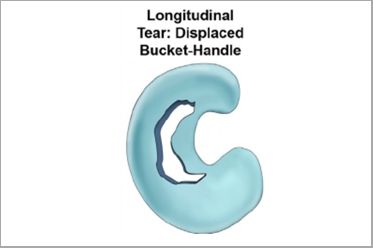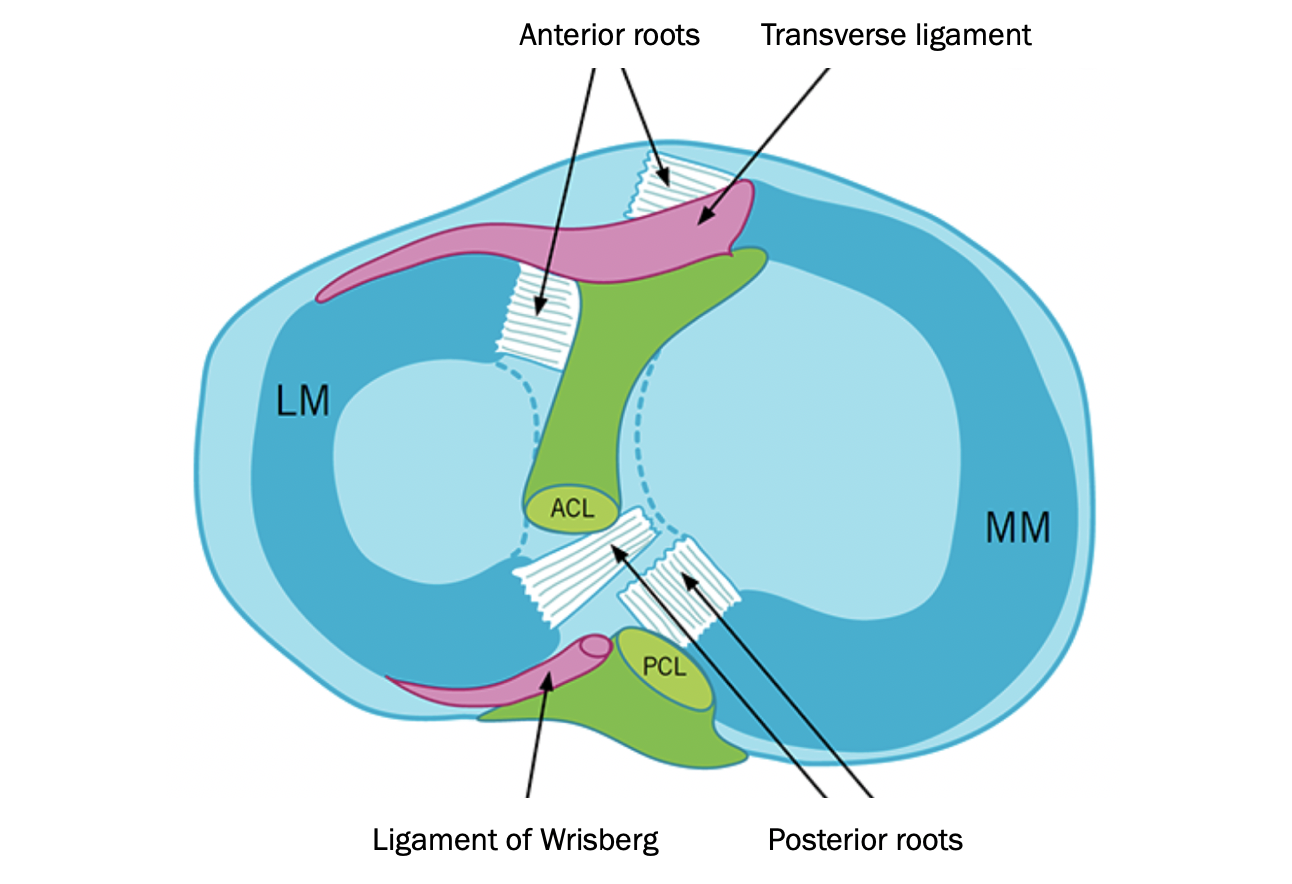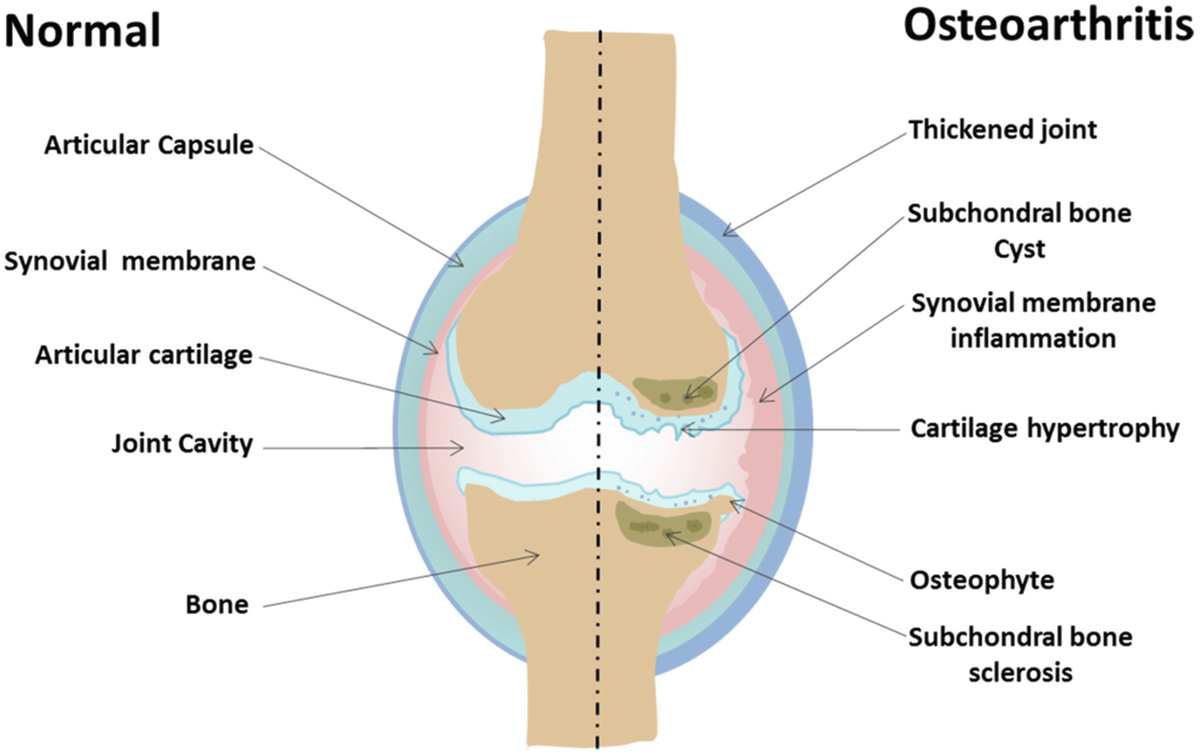Meniscus Injury/Tear

Meniscus injury-All you need to know
Menisci are thin fibrous cartilage between the surfaces of some joints. A pair of meniscus acts as shock absorbance that resides within our knees. These important structures within our knees are critical in preventing arthritis from developing in the early stage of our lives and help protect our knees as we get older.
However, it also often becomes a source of pain and misery. Sometimes getting out of the bed in the early morning or turning too quickly can cause the meniscus to become trapped between the two bones of the knee joint and may cause twisting injury. It’s a very painful event and the knee swells up. Unfortunately once a meniscus is torn, it can never heal itself as our body lacks this ability to heal a meniscus tear.
Causes of a Meniscus Injury
A meniscal tear tends to occur either suddenly from a specific injury or gradually due to wear and tear:
1) Injury
A meniscus injury commonly occurs in sport where the foot is fixed and the knee twisted,usually happens during sporting activities e.g. football, rugby and skiing.
Medial meniscus tears are more common than lateral meniscus tears and often the medial collateral ligament (MCL) is injured at the same time
2) Wear & Tear
Cartilage tends to become more brittle with age and everyday use of the knee can cause a meniscus injury. Often this affects the edges of the meniscus which get frayed and torn.
Symptoms may gradually build or they may be triggered by a particular event e.g. twisting the knee awkwardly. Meniscal tears are also a common feature of knee arthritis.
Different Types Of Meniscus Tear

Vertical/Longitudinal Tear
This is when the tear is located along the length of the meniscus. It can be referred to as either a vertical tear or a longitudinal tear

Bucket Handle Tear
This is when the tear is located along the length of the meniscus. It can be referred to as either a vertical tear or a longitudinal tear

Transverse/Radial Tear
A transverse meniscus tear (also known as a radial tear) starts at the outer edge of the cartilage and comes inwards

Degenerative Changes
This is where the cartilage wears away losing its smooth surface becoming brittle and thin. It is usually associated with aging
Can meniscus heal without surgery?
For a specific patient, the answer to “can a meniscus tear heal itself?” will be determined by a combination of these factors:
- Age
- Activity level
- Size of the tear
- Location of the tear
- Pattern of the tear (horizontal, radial, etc.)
- Overall health status
If the tear is located on the outer part of the meniscus, there is a chance that it may heal well on its own. However, if the tear is on the inner two-thirds – where blood supply is limited – it will most likely require surgery.
A patient’s activity level will also play a large role in determining whether they are able to recover from a meniscus tear without surgery. Typically, the more active an individual is, the more likely they are to need surgery in order to return to their normal activities and a pain-free lifestyle.
Signs and symptoms
The symptoms of a meniscus tear include:
- Pain & Swelling in the knee
- Popping sensation during injury
- Difficulty in bending and straightening of the leg
- The tendency for your knee to get lock-up or stuck
At first, you might not feel severe pain and might even play instead of having the injury. But your knee will probably hurt quite a bit once the inflammation sets in. Through a simple and short process, we can fix the tear and allow you to go back to a pain-free life. Don’t be too late. Book your appointment at Rapid Physiocare today.
Frequently Asked Questions
Can a meniscus tear naturally heal without surgery?
It depends on where the tear is. The outer part of the meniscus (called the red zone) has a good blood supply, so small tears there can heal naturally with rest,physiotherapy, and time.
Tears in the inner part (white zone) have poor blood flow and usually don’t heal on their own. Physiotherapy can still help strengthen surrounding muscles, reduce pain, and prevent surgery in many cases.
How long does it take for the meniscus to heal?
Minor tears can improve within 4 to 8 weeks with proper rest, exercise, and physiotherapy.
More severe or deep tears may take 3 to 6 months, especially if you return to sports or heavy activity too early. Consistent rehab and consistently following your physiotherapist’s plan make a big difference in recovery time.
How to treat a damaged meniscus?
Most meniscus injuries start with conservative treatment — rest, ice, compression, elevation (RICE), and physiotherapy.
Your physiotherapist may use treatments such as manual therapy, stretching, and strengthening exercises to restore knee motion and reduce pain.
If the tear is large, unstable, or causes your knee to lock or give way, your doctor may recommend an arthroscopic surgery to repair or trim the damaged part.
Is walking good for meniscus tears?
Light walking on flat surfaces is safe for many people with mild tears, as long as it doesn’t cause pain or swelling.
Avoid long walks, stairs, or uneven ground in the early phase of recovery.
A physiotherapist can guide you on how much weight-bearing your knee can handle and when it’s safe to increase your walking time.
What happens if a meniscus tear goes untreated?
Leaving a meniscus tear untreated can lead to chronic pain, swelling, and reduced knee stability.
Over time, the joint can wear out faster, increasing the risk of early osteoarthritis.
Getting the right treatment early with physiotherapy helps protect your knee and prevent long-term damage.
What should I avoid with a meniscus tear?
Avoid:
- Deep squats or lunges
- Twisting or pivoting movements
- Running or jumping too soon
- Sitting in a kneeling position for long periods
These movements put stress on the meniscus and can worsen the tear. Always follow your physiotherapist’s exercise plan for safe activity progression.
What is the best exercise for a torn meniscus?
The best exercises are low-impact strengthening and range-of-motion movements, such as:
- Quadriceps sets (tightening thigh muscles)
- Straight-leg raises
- Hamstring curls
Stationary cycling (once pain allows)
These improve stability and support the knee joint.Avoid heavy weights or twisting exercises until your physiotherapist confirms your knee is ready.

